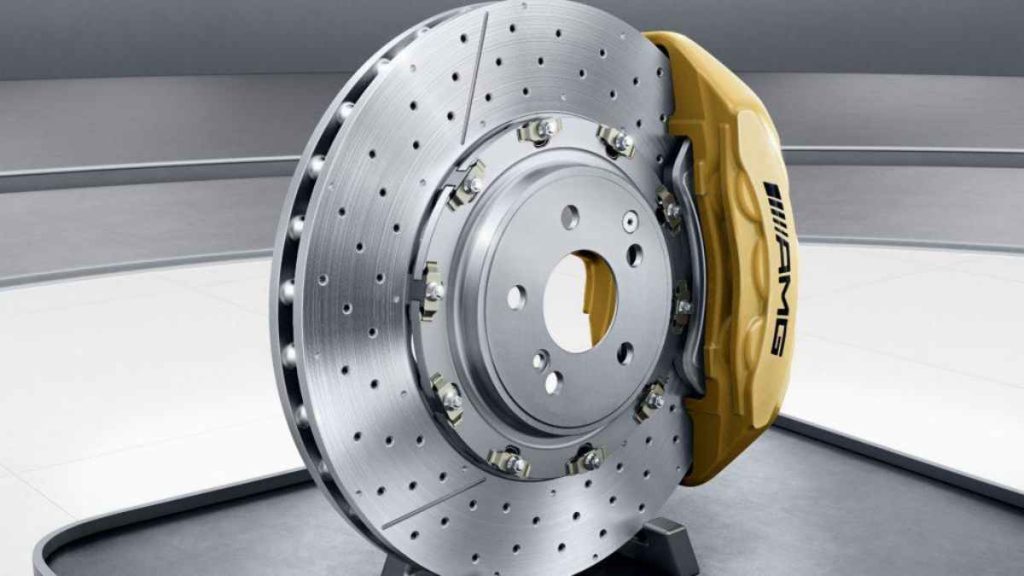Clutches
Clutches are mechanical components used to connect two rotating shafts. Clutches are designed to engage and disengage power transmission in a controlled manner and are used in various industries, from manufacturing and automotive to medical and aerospace.
Clutches can help protect machinery from overloads and severe conditions. Different types of industrial clutches are available depending on the specific application. The most common types are mechanical, hydraulic, pneumatic, and electromagnetic clutches. Each type has advantages and disadvantages.
Mechanical clutches are the most used type of industrial clutches. Mechanical clutches consist of a friction plate, a spring, and an engaging member, such as a lever or a pedal. They are generally reliable and have low maintenance requirements. However, they may provide a different level of control and power than other types of clutches.
Hydraulic clutches use liquid pressure to engage and disengage power transmission. They are highly reliable and provide better control and higher power. However, they are more expensive and require more maintenance than mechanical clutches.
Pneumatic clutches use compressed air to engage and disengage power transmission. They are generally more reliable than mechanical clutches and provide better control and higher power. However, they are also more expensive and require more maintenance.
Electromagnetic clutches are the most advanced industrial clutch and use an electromagnetic field to engage and disengage. They are highly reliable and provide excellent control and power. However, they are the most expensive industrial clutch and require the most maintenance.
Brakes
A brake is a mechanical device that absorbs the mechanical energy of a system to reduce its speed or stop it entirely by a friction force. The absorbed mechanical energy is converted into heat energy.
The most common type of industrial brake are friction brakes. Friction brakes rely on friction to slow down or stop the motion of a machine or equipment. It typically consists of brake pads that contact a rotating wheel or drum to slow it down. Friction brakes are commonly used in conveyors, hoists, and cranes.
Another type of industrial brake is the electromagnetic brake. This type uses an electric current to generate an electromagnetic field which causes the brake pads to move away from the wheel or drum. This type of brake is commonly used in applications such as elevators, escalators, and lifts.
Hydraulic brakes are also a common type of industrial brakes. Hydraulic brakes use pressurized fluid to move the brake pads away from the wheel or drum. This type of brake is often used in applications such as heavy machinery and industrial presses.
Industrial brakes are essential components of any industrial machinery or equipment. They can prevent accidents and injuries by slowing down or stopping the machinery when necessary. It is essential to select the correct type of brake for the specific application to ensure optimal safety and performance.
In summary, clutches are used to connect and disconnect power between two rotating shafts, while brakes are used to slow or stop the motion of a machine. Clutches are essential for smooth, efficient acceleration and deceleration, while brakes are necessary to control the speed of a machine.

